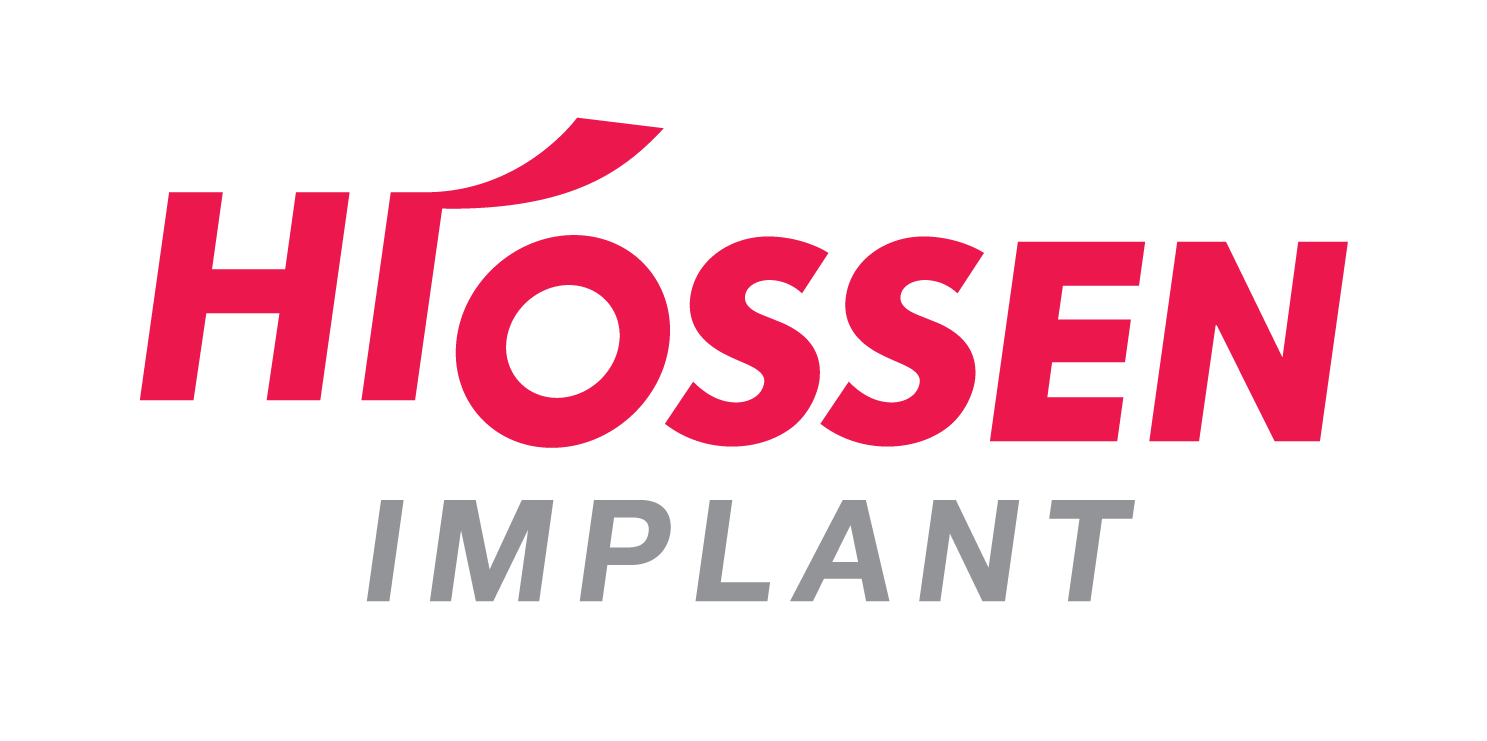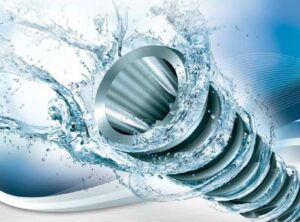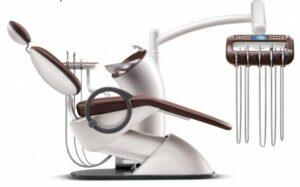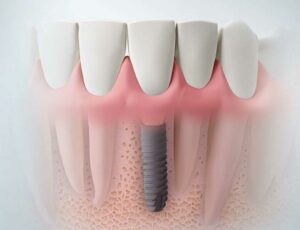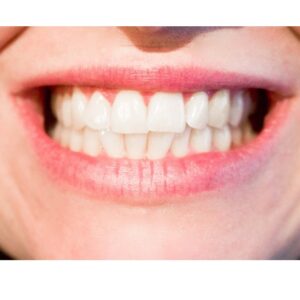If your dentist has told you that you need soft tissue grafting, it’s nothing to worry about. Soft tissue grafting protects your teeth from gum recession while improving the appearance of your smile.
Gum recession occurs when the tissue around your teeth begins to erode and move farther away from your teeth, exposing more of the tooth. It may also lead to damage to the surrounding bone structure. Gum recession is widespread. It affects up to 12% of adults and is often undetected until it becomes severe.
Most people don’t even notice that they have receding gums because it happens slowly over time. In the long run, the tooth becomes exposed and can cause extreme sensitivity to hot and cold food and drinks. If not promptly treated, it can lead to tooth loss.
What Is a Soft Tissue Graft?
Soft tissue grafting is often necessary for repairing the damage caused by gum recession. Surgeons use a type of keratinized gingiva tissue for optimal implant health and success. With a soft tissue graft, missing gum mass can be replaced for better aesthetics and to improve the success of dental implant surgery, if needed.
Here’s What to Expect During and After a Soft Tissue Grafting Procedure
During soft tissue grafting, the gum tissue is taken from the roof of your mouth. Advancements in technology allow periodontists to safely remove this tissue without causing much discomfort to the patient. Sometimes, tissue can be obtained from a “tissue bank” at the dental office. The tissue is treated so that it doesn’t cause infection or end up being rejected by the body. The surgeon then places it over the exposed area of your gum, repositions it over the root and secures it.
How Long Does It Take for a Gum Graft to Heal?
Placing a connective tissue graft around dental implants is a time-consuming but necessary part of the process. After the procedure, you may experience a little discomfort, including skin swelling and minor bleeding from your mouth. These usually heal quickly. You’ll also be limited to eating soft foods while the mouth heals.
Is There an Alternative to Gum Grafting?
Depending on the severity of the issue, these gum grafting alternatives may be sufficient to repair the damage:
- Gum Contouring: After injecting a local anesthetic, your surgeon will use a scalpel to make the gumline more uniform.
- Scaling and Root Planing: Once all tartar, bacteria and plaque are scaled from the teeth, root planing is performed by going under the gums to make rough areas smooth.
- Regeneration: This surgical procedure involves peeling back gum tissue so that regenerative materials can be added to the area of bone loss.
Find a Board Certified Specialist in Soft Tissue Grafting and Dental Implant Surgery
Dental implants and soft tissue grafting are complex surgeries that need to be performed by qualified periodontists and dental implant surgeons. While many people may consider their general dentist to save money, those little savings may cost you.
Because of the multi-stage procedures needed to complete soft tissue grafting, bone grafting and dental implant surgery, looking for an experienced surgeon in the field is very important. With a qualified professional by your side, soft tissue grafting, bone grafting and dental implants will be quick, safe and worth every penny you spend to achieve a healthy smile.
Hiossen® Implant is staffed by experienced professionals with a rich background in dental implant surgery as well as accompanying procedures like soft tissue grafting. Please give us a call or reach out to us here if you have any questions.
